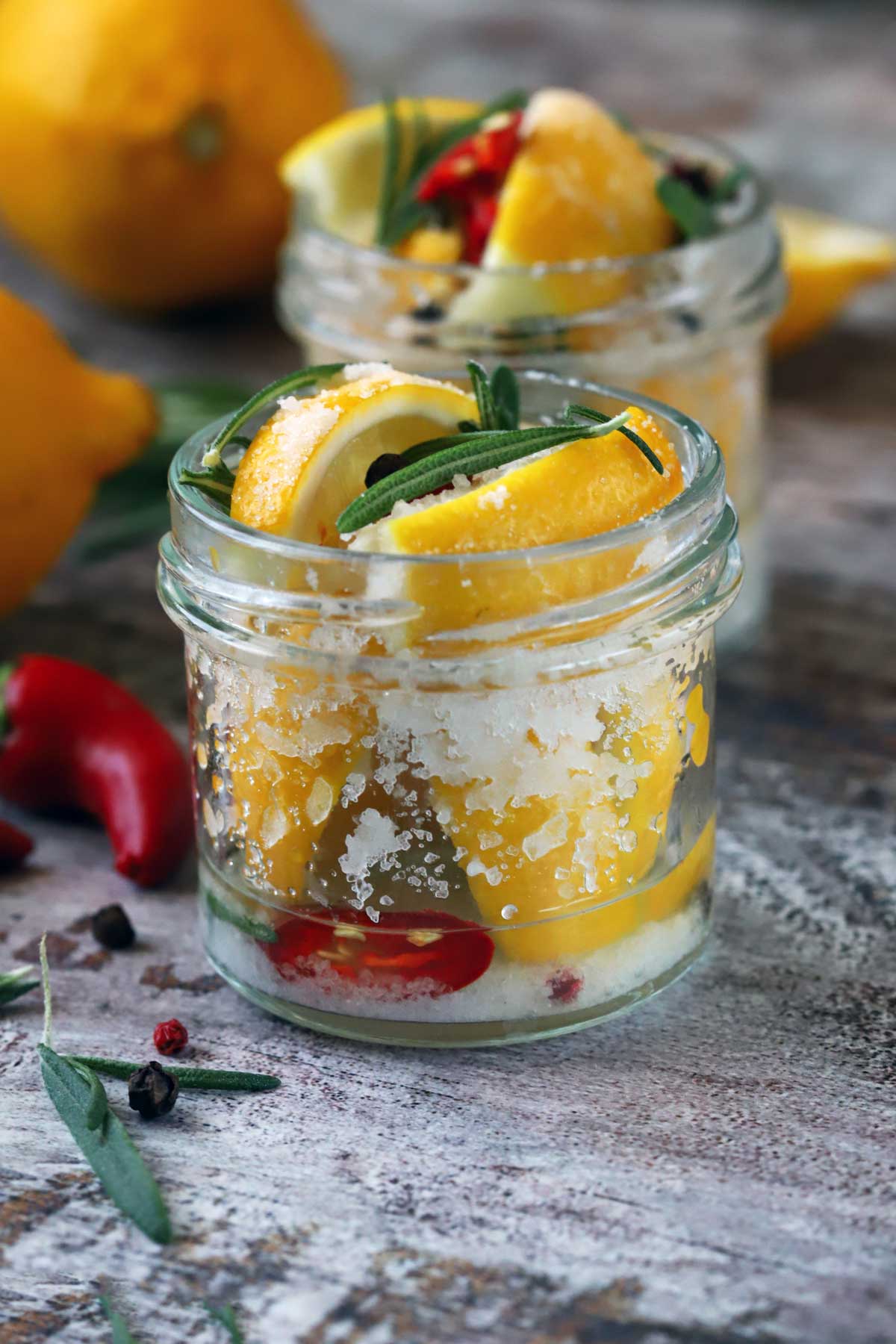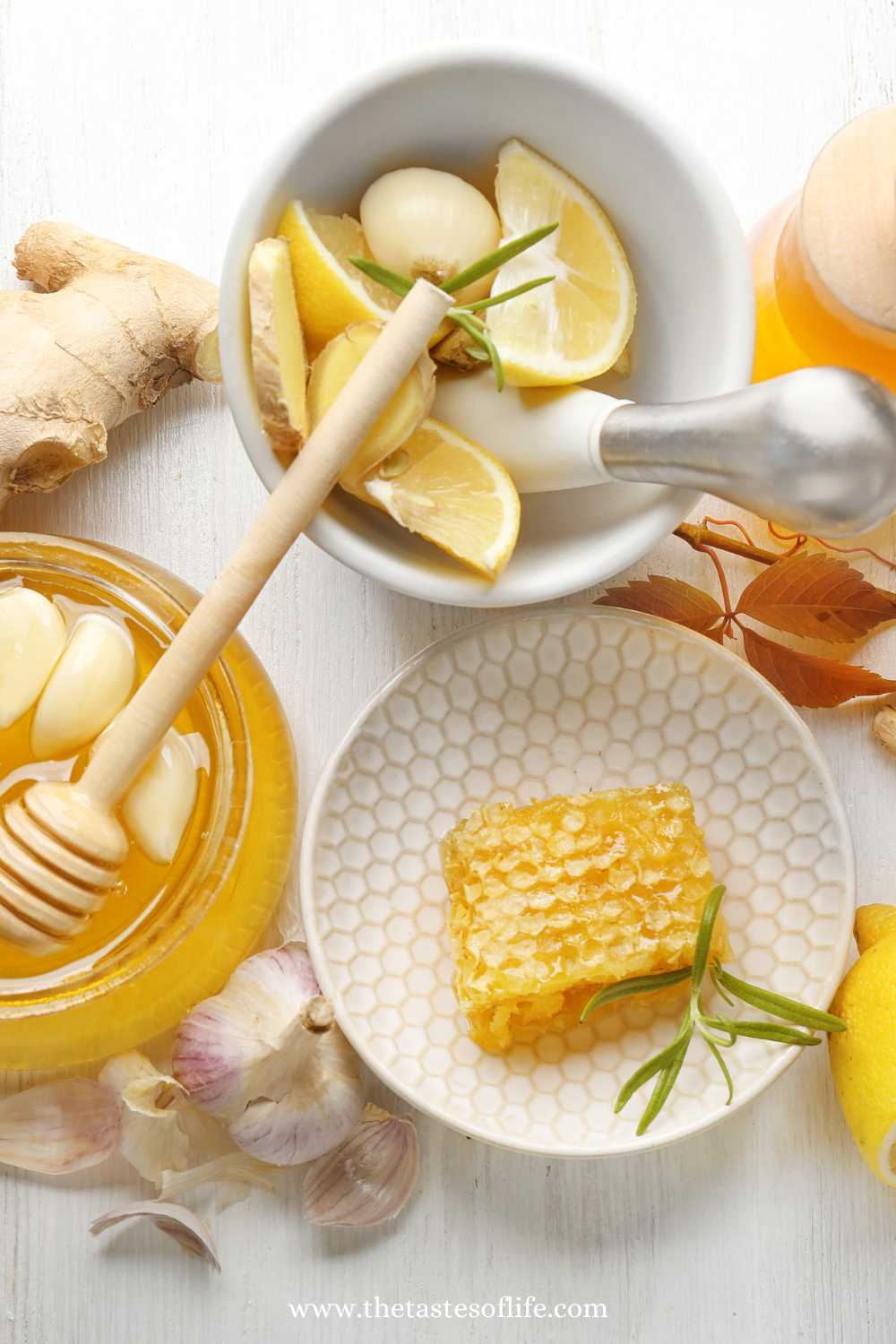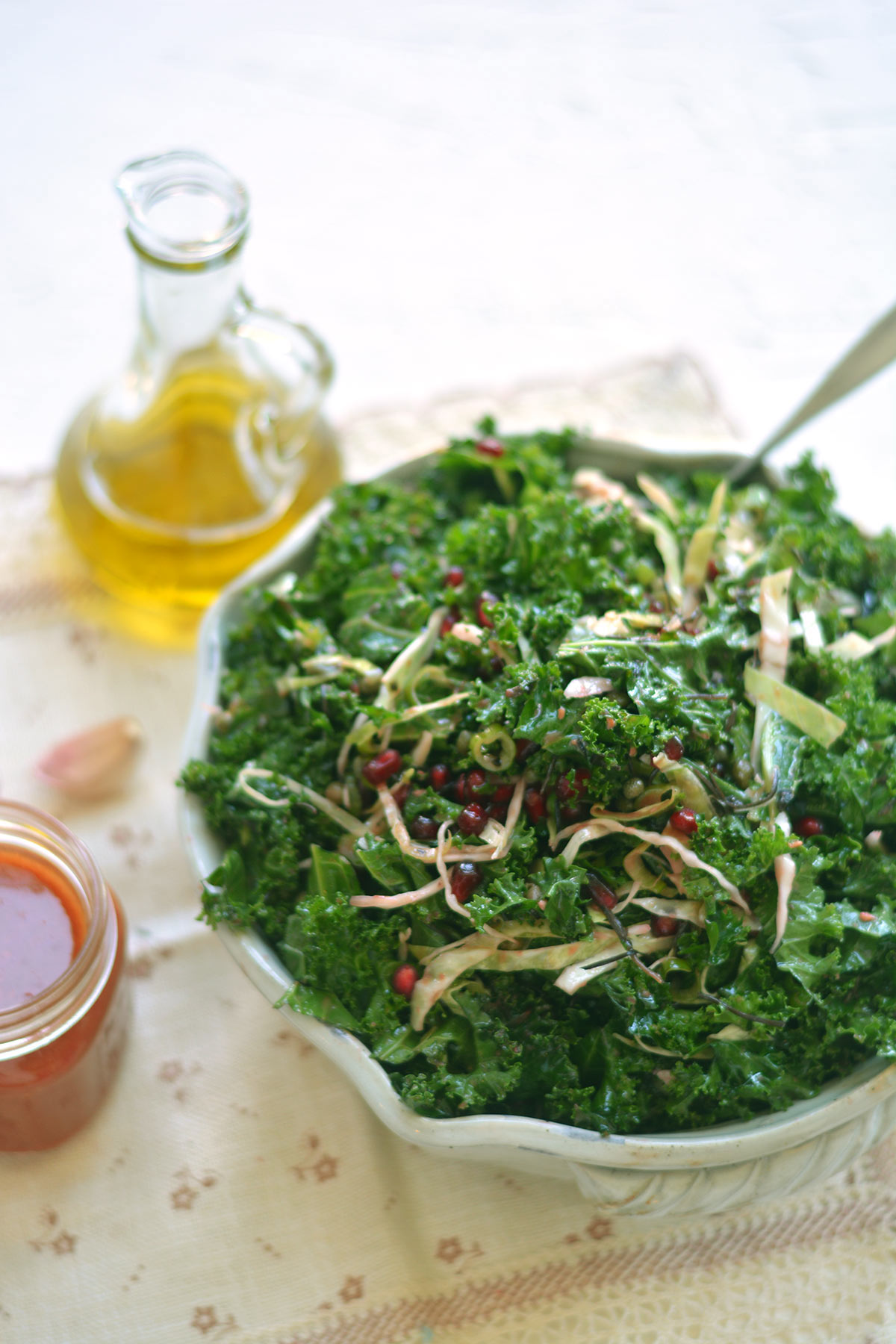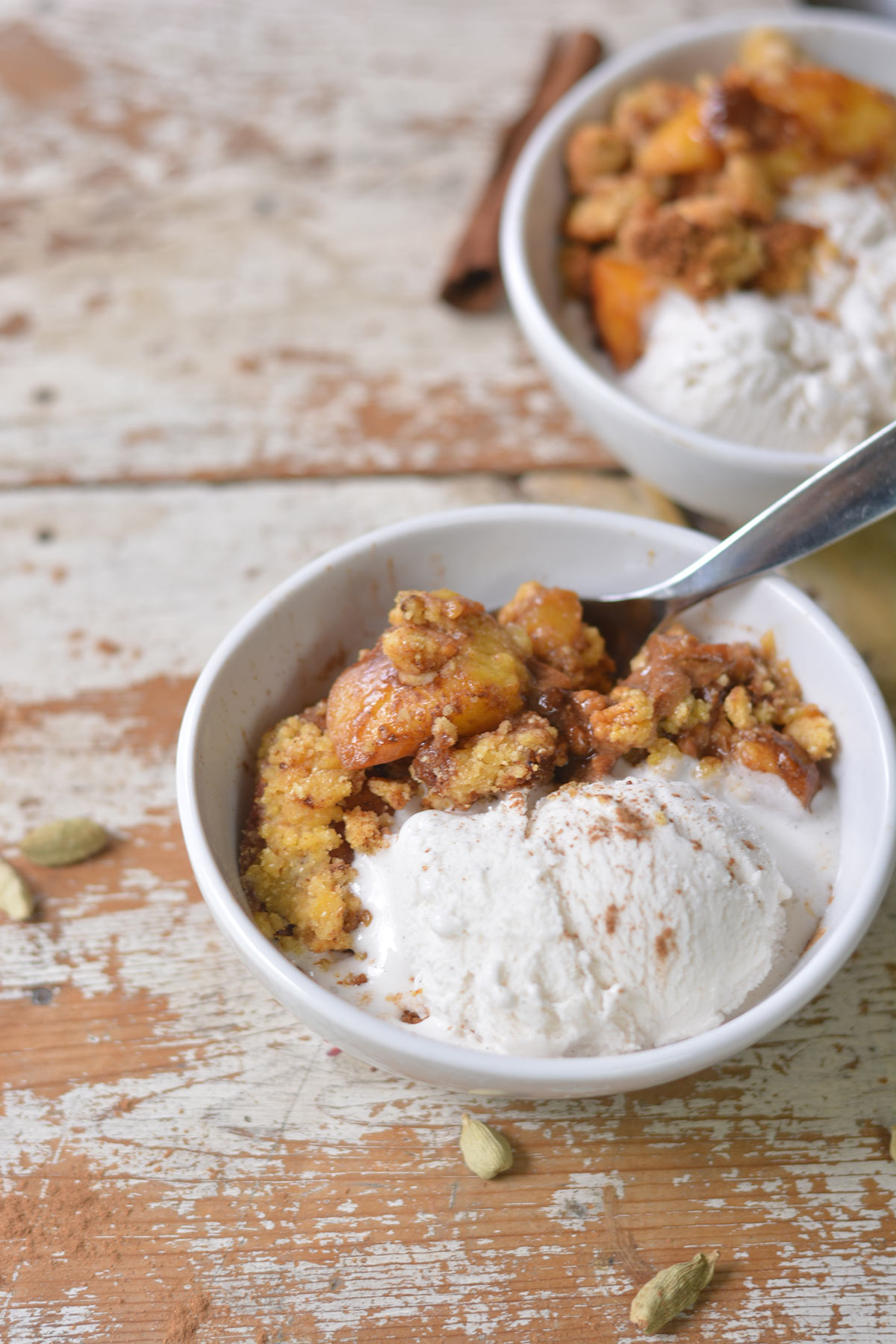How to Make Horseradish Syrup
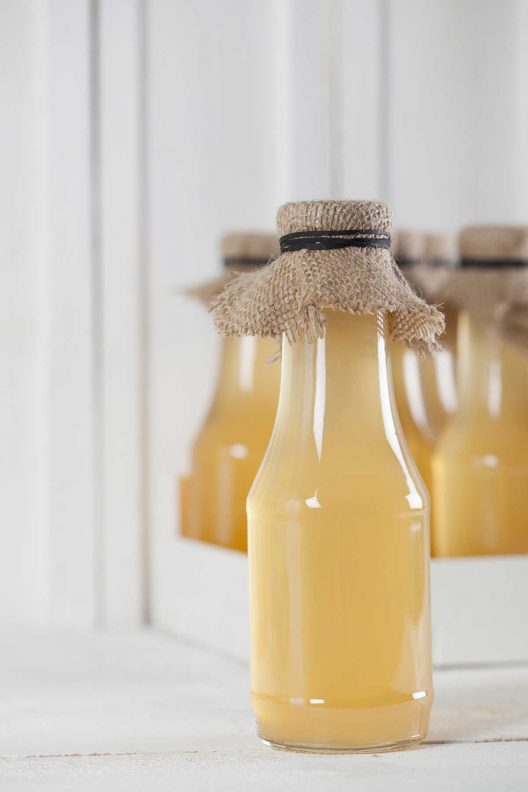
HORSERADISH SYRUP – A NATURAL REMEDY TO FIGHT INFECTIONS
Horseradish is a natural antibiotic, a remedy for sinuses and inflamed tonsils. It is also a must in my kitchen, as are other natural antibiotics such as garlic, onions, and ginger. I like to use both horseradish leaves and its root.
Horseradish is a perfect seasoning for meat and fish dishes, cheeses, soups, and salads. It goes well with apples, beets, root vegetables, grilled meats, or hard-boiled eggs.
I use horseradish leaves to make vegetarian cabbage rolls, an ingredient in pesto sauce, or just in a horseradish sauce itself. I make a lot of pickles for the winter in which horseradish is an obligatory ingredient. Horseradish gives pickles better flavor, durability, and elasticity (thanks to it, pickled cucumbers are crisp and crunchy) and increases their health-promoting properties.
Horseradish’s best nutritional value is the highest right after is grated gratin. Of course, it will be spicy! Sometimes tears will fall from your eyes while eating it – and this is a good symptom! It will heal your sinuses like nothing else!
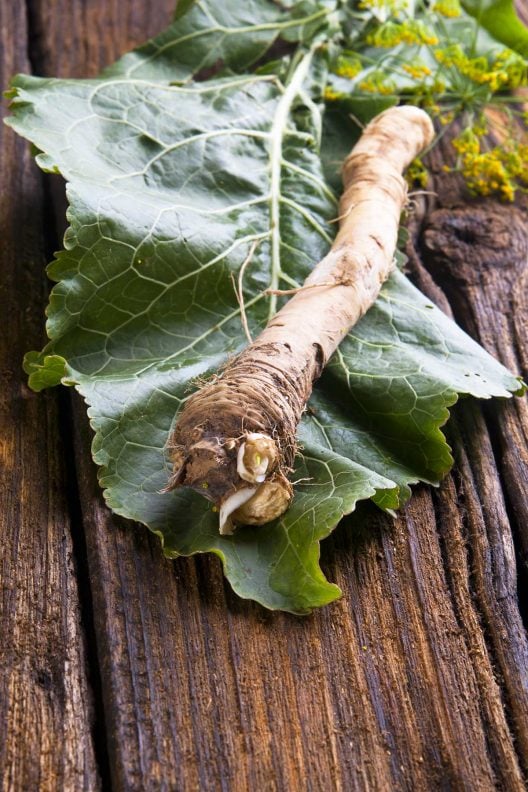
When buying horseradish, pay attention to its freshness, firmness, hardness, smell, and appearance – it should be fragrant and, when cut, white and moist. You can keep the roots in a cellar (my family used to do when I was a child) or pantry, lightly buried in damp soil. The leaves are best washed thoroughly in cool water and dried. In my Polish cuisine, horseradish has been used for centuries during the Christmas Eve supper and especially during Easter (my favorite with horseradish with better called “cwikla”). There is great wisdom in this – it is in winter and early spring that our organisms need support in the fight against bacteria, viruses, and other pathogens that are always present around us.
So it is wise to have some natural remedies come to the rescue, such as horseradish syrup, which for me is also the basis of home apothecary for fall and winter. 🙂
Suggestions for the use of horseradish in the kitchen and first aid kit:
Horseradish syrup – a natural antibiotic for use in infections, flu, cough, bronchitis, and the upper respiratory tract:
- 200 g of freshly grated horseradish
- 1 cup of cool, boiled water
- 200 g of honey (the best is always local)
- 4 tablespoons of fresh-squeezed lemon juice
I make it the easiest way possible. 🙂 Put the peeled and chopped horseradish into a high-speed blender with all the ingredients and blend everything together. Put it aside, cover for 1 hour at room temperature. Then strain it over a bowl with cheesecloth, squeeze and twist. Then transfer to a mason jar of a bottle. Viola! The syrup is ready.
Note – this is a large portion; you can make half of it!
Dosage: Warning, the syrup is spicy, so drink it diluted and never use it on an empty stomach!
Adults – 1 tablespoon 3-4 times a day with warm boiled water;
Children – 1 teaspoon 2-3 times a day, also with warm water or add it to a fruit juice.
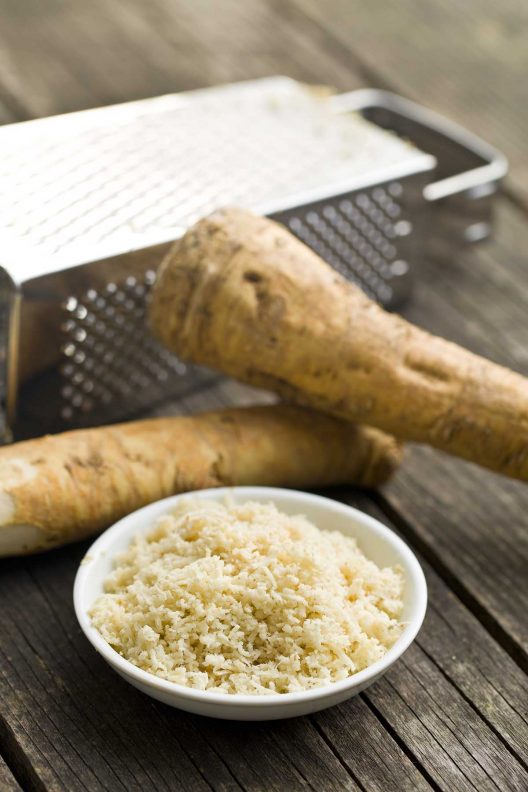
Simple homemade horseradish sauce:
- 500 grams of horseradish root
- juice from one fresh lemon
- Himalayan salt
- some honey or stevia
- half a glass of hot water (if we want the horseradish to be mild) or cold water (if we want the horseradish to be very spicy)
- optionally, if you want the horseradish to be mild, you can add 4-6 tablespoons of thick cream (or in the light version of natural yogurt or coconut yogurt)
Instructions;
Wash, and peel the horseradish root, then grate it on a small grater or in a food processor (that’s what I do) with the rest of the ingrediencies then transfer horseradish into clean and dry glass. Keep it in the fridge for up to 1 month.
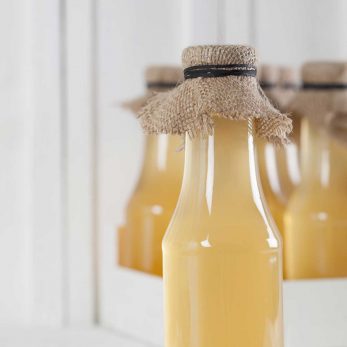
Ingredients
- 1/2 cube grass-fed butter at room temperature
- 2 tbsp grated horseradish
- 2 cloves garlic peeled and squeezed by the press
- 1/2 tsp Himalayan salt (optional) (optional)
- 1 tsp chopped parsley or dill
- 1 tsp lemon juice
Instructions
- Mix horseradish with lemon juice, rub the butter with salt and garlic, and then gradually add horseradish and parsley (it will reduce the garlic smell after consumption!). Stir thoroughly and refrigerate. You can also wrap it in parchment paper and put it in the fridge, and then cut it into slices and arrange it on baked fish, potatoes, or other vegetables.
Attention:
- People suffering from cirrhosis of the liver and inflammation of the digestive tract or kidneys should be cautious about consuming horseradish!
- Applying horseradish directly to the skin or eyes may cause irritation and a burning sensation.
- People with thyroid problems should consult a doctor before consuming horseradish.
- Young children and people suffering from kidney, stomach, or intestinal diseases should consume horseradish only in small amounts or not too strong (with beetroot, carrots, cream, or yogurt)


